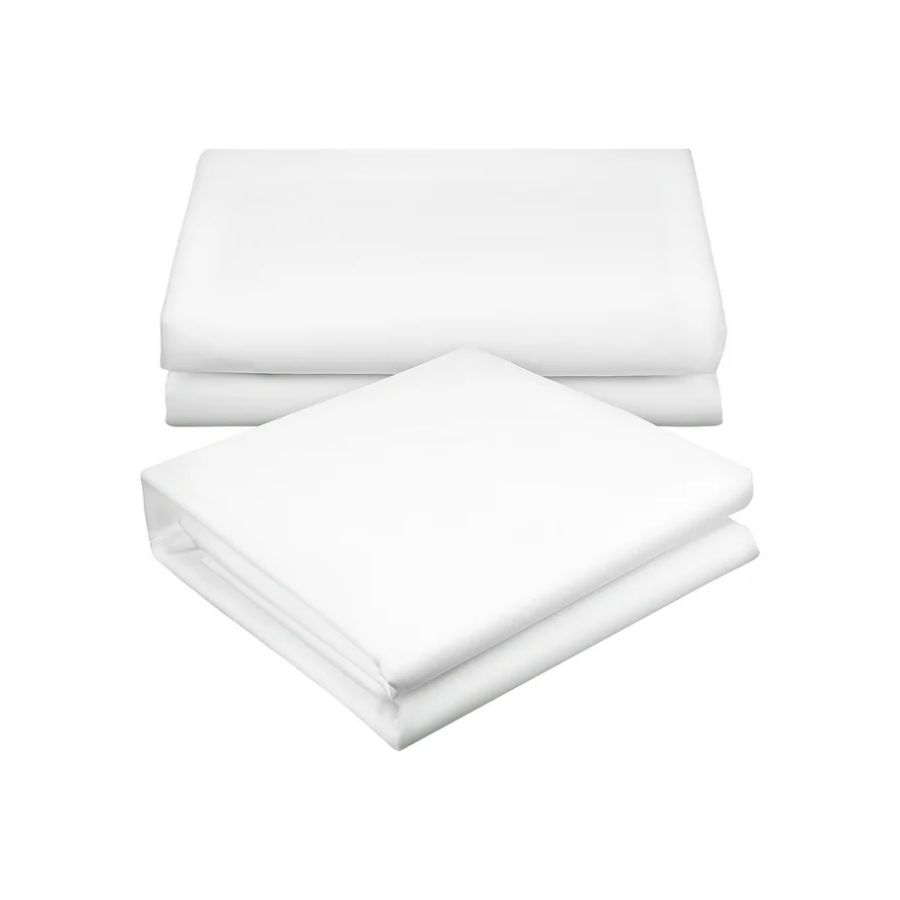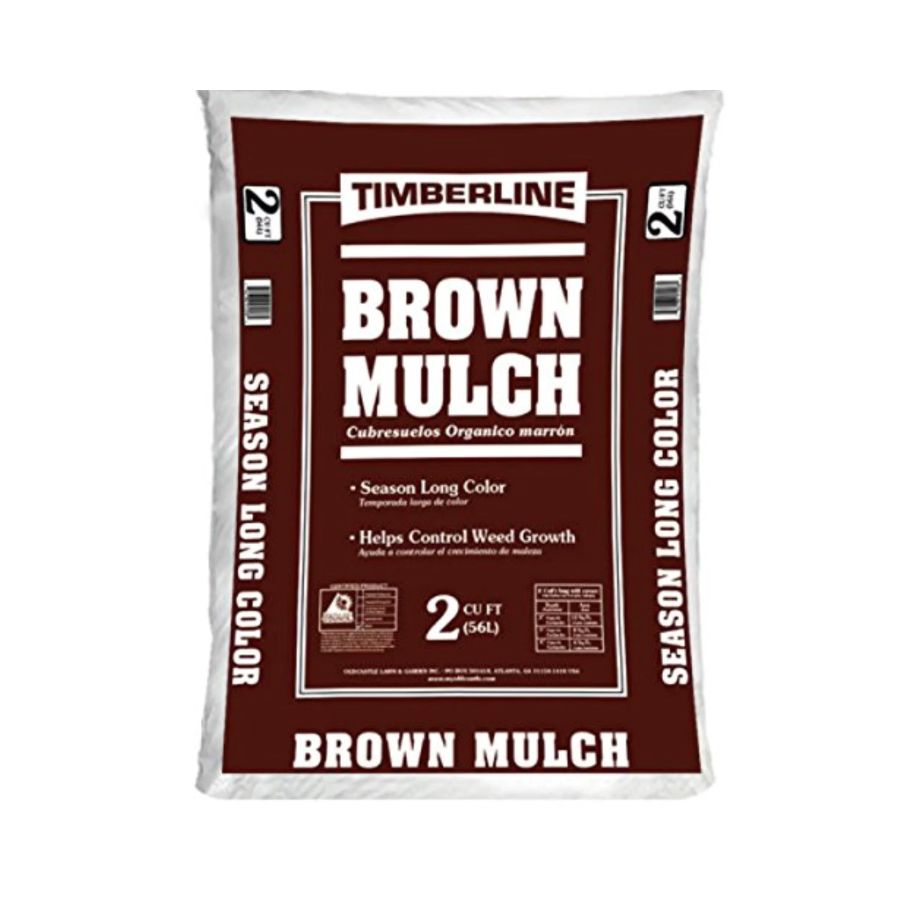'Don't Throw Them Out Just Yet!' This Household Waste Can Be Used to Protect Sensitive Garden Plants From Frost
Sometimes the best and easiest solutions are right there in front of you if you're looking for ideas to give plants some TLC during a cold snap
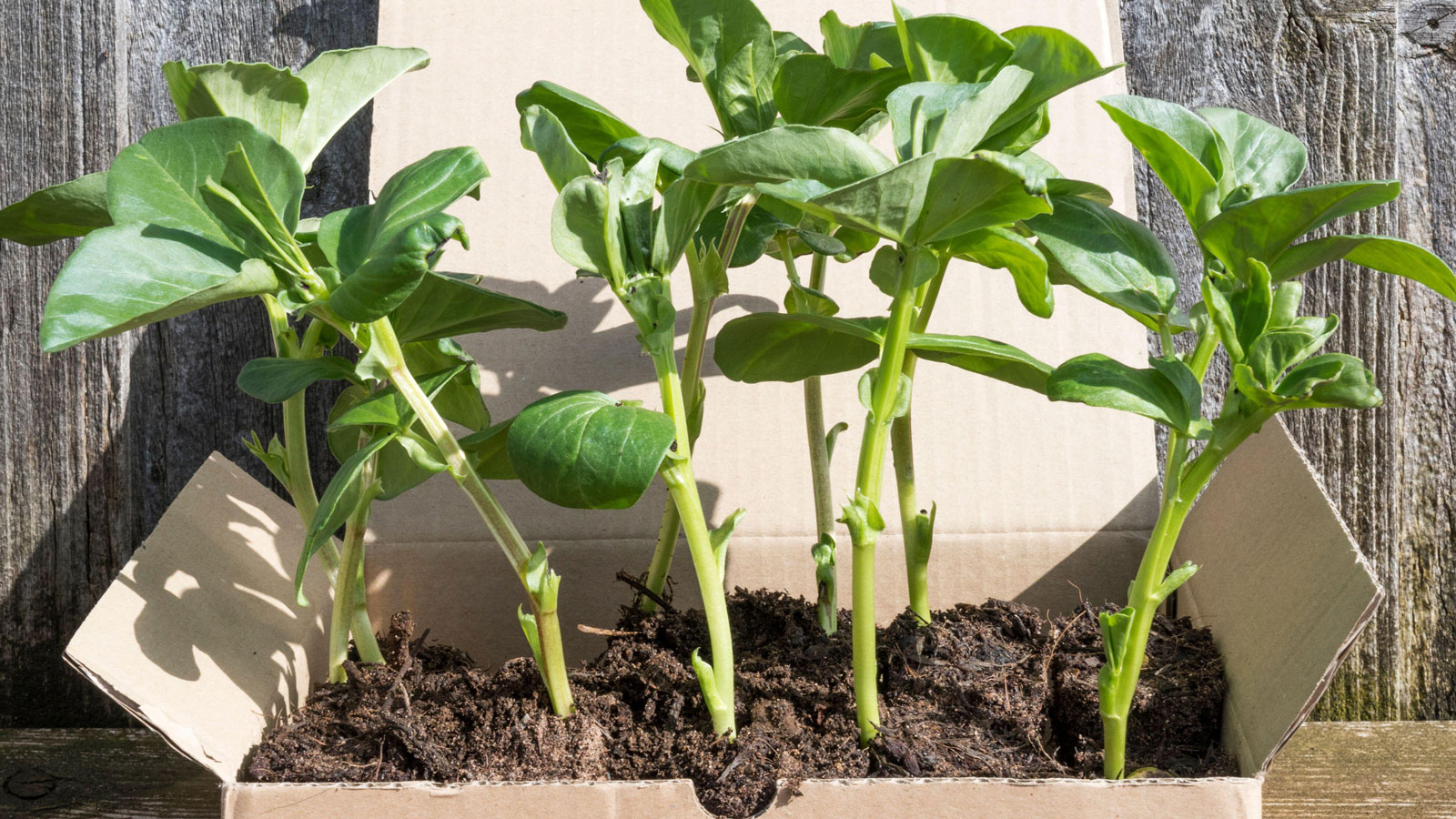
Keeping plants alive in the winter months can be difficult, especially if you get caught out by an unexpected frost you didn't see coming. This means that sometimes you just have to grab the first thing that comes to hand.
Improvising with your frost protection ideas for plants is the way to go if you didn't have time to order horticultural fleece, frost cloths or cloches. Everyone has cardboard boxes lying around right?
While there are various methods you can buy that offer plants protection from frost, cardboard boxes are often the quickest and easiest option, especially if your modern garden gets caught out by a cold snap that comes out of nowhere. It's an instant solution that will insulate your plants beautifully, creating a cosy buffer between them and freezing temperatures.
So next time you're heading to the recycling bin with your cardboard boxes why not hold fire — you never know when they might come in handy.
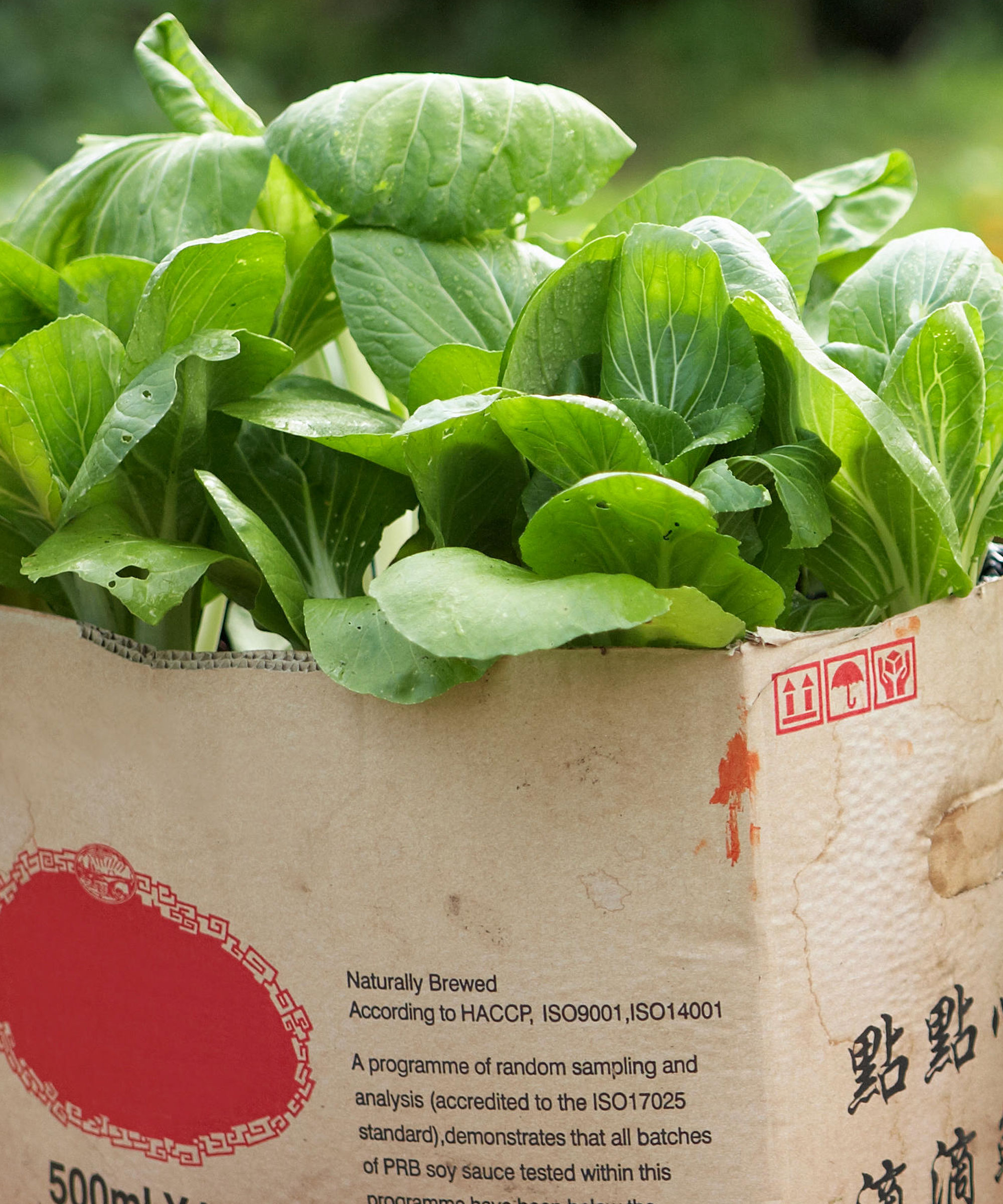
Why cardboard boxes are good for plant protection
Recycling a cardboard box to use as a makeshift cover for delicate plants is a great idea. Depending on the size of the cardboard box it can be adapted and modified to suit the needs of most of your plants, from small seedlings to newly planted shrubs.
Cardboard boxes consist of robust layers of paper pulp material made from a variety of materials including timber, recycled wood chips or shavings left over from lumber mill waste.
The sturdiest cardboard boxes are 'triple layered'. These are constructed of fluted corrugated layers that are assembled in such a way that they offer insulation as well as letting air circulate. This means they are great for offering plants protection against changes in temperature and sudden sharp frosts.
What’s more, cardboard is extremely light and flexible. Plus of course it can be recycled after you've used it.
How the science works

This one is easy as it's all about trapping heat. Think of it like this: using a cardboard box to protect plants in your flower beds or in pots in the event of frost is like adding an extra blanket to your bed.
'The idea is to simply create air space between the delicate plant and the harsh temperatures,' says garden expert Daniel Johnson of the Minnesota State Horticultural Society. 'With the sun going down and the thermometer dropping, you need to use whatever’s handy – buckets, empty pots, or cardboard boxes.'
It's a great idea to use cardboard as it offers such good insulation, trapping the heat that the plant and the soil naturally create. Add a cardboard box and the air underneath it stays warmer, and keeps the plant warmer too as well as protecting it from frost settling on it.
4 tips for using cardboard boxes effectively
- Make sure the cardboard box you choose is the right size for the plant you are covering. Allow enough room so that your plant isn't stuffed in and for air to circulate. Remember plants need air to survive
- Invert the box so the 'bottom' is on the top if you want complete cover for the night. Open the 'top' flaps on the soil and weigh them down with bricks to stop the box blowing away. Do this and you will create a snug, completely covered microclimate for your plants with all the warm air contained inside for that cosy feeling.
- If a run of night frosts is forecast but the days are warmer and sunny remember to open the boxes in the morning. This lets fresh air circulate around your plants and the sun will warm them up too.
- As soon as the risk of frost passes remove the cardboard box covers and recycle them. If you don't your plants will be exposed to a build up of moisture under their cardboard cover and could be exposed to pests and disease, as well as waterlogging, which can lead to root rot.
The pros of using cardboard boxes
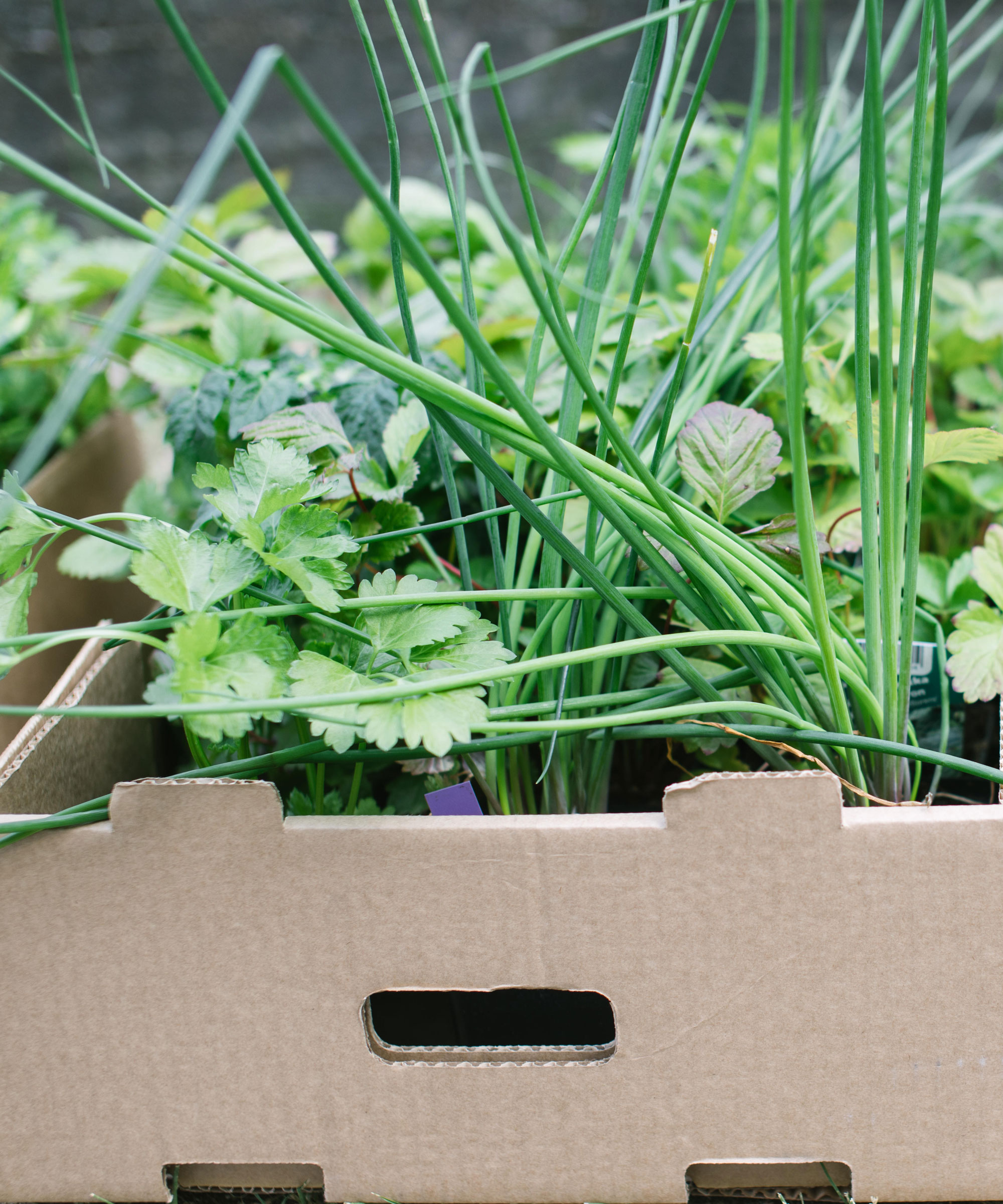
Cardboard boxes are widely available for instant frost protection. What could be easier than going outside and putting cardboard boxs over your plants when you find out frost is on the way.
Get into the habit of keeping some intact for just this purpose but if space is limited you can always flat pack them then quickly reassemble when you need them.
It's a budget friendly option too, as cardboard boxes are free if you save them when stuff gets delivered to your home or you can ask for them in local stores.
The cons of using cardboard boxes
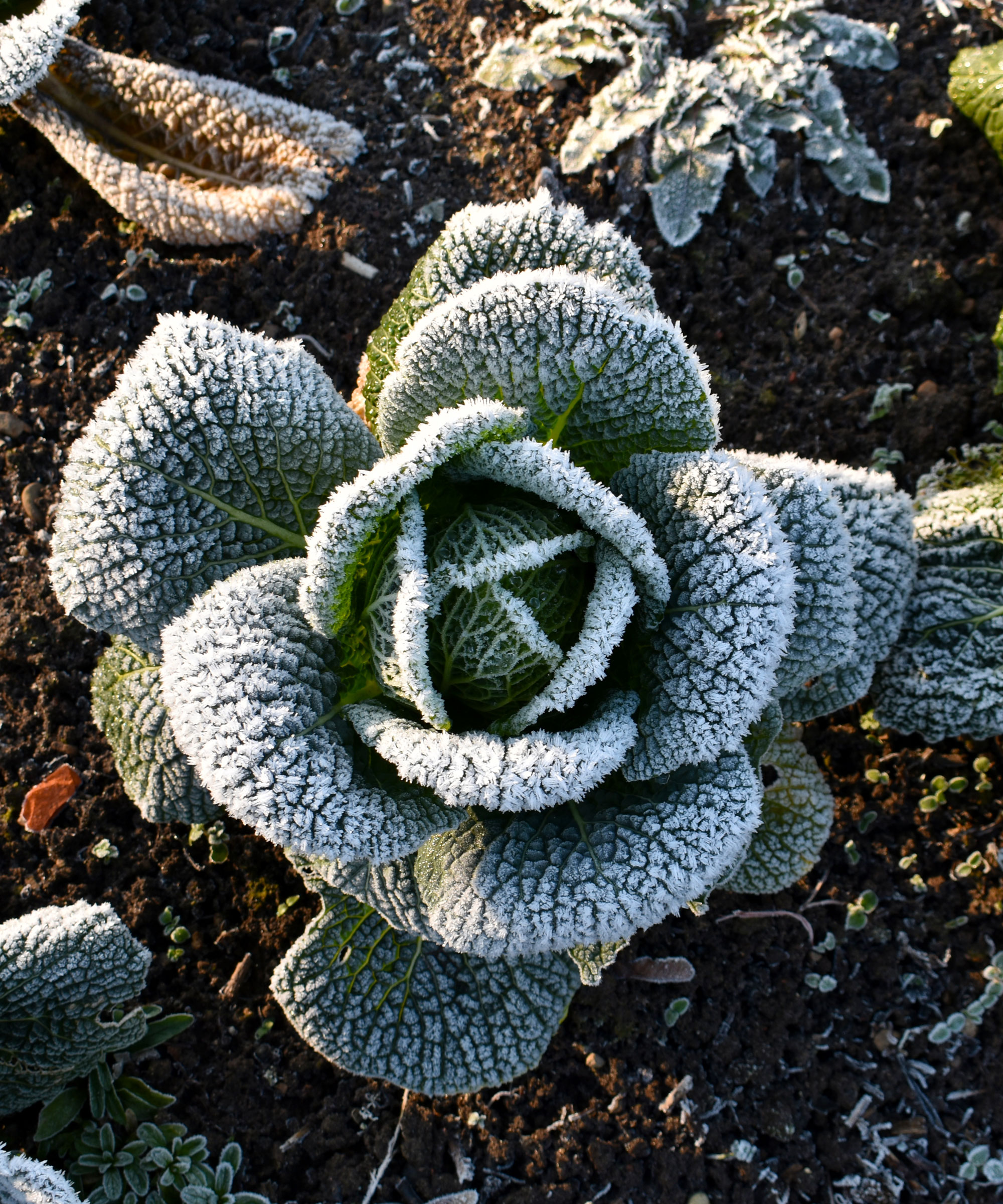
The main problem with cardboard boxes is that they can become soggy and disintegrate if they are exposed to damp. So when frost thaws or if snow, sleet or rain are on the way make sure you have removed them. Cardboard is a tough material but only until it gets wet.
Always remove cardboard boxes immediately after the risk of frost is over. If rain or snow is forecast try covering the tops of the boxes with waterproof material such as a tarp to help prevent the cardboard getting wet.
You can also use cardboard boxes to add a layer of insulation when container gardening if you're worried about potted plants at risk of frost. Simply invert a cardboard box over the top and weigh down the flaps to make it secure.
So the answer is yes, cardboard boxes will protect plants from frost. They offer a simple, cost-effective and readily available way to insulate your outdoor plants. We love this idea and are stockpiling our Amazon boxes in readiness so we can help our plants deal with whatever winter weather is heading our way.
Be The First To Know
The Livingetc newsletters are your inside source for what’s shaping interiors now - and what’s next. Discover trend forecasts, smart style ideas, and curated shopping inspiration that brings design to life. Subscribe today and stay ahead of the curve.
Lifestyle journalist Sarah Wilson writes about flowers, plants, garden design and trends. She has studied introductory garden and landscape design and floristry, and also has an RHS Level 2 qualification in the Principles of Plant Growth and Development. In addition to homesandgardens.com and livingetc.com she's written for gardeningetc.com, Real Homes, Modern Gardens and Country Homes & Interiors magazines. Her first job was at Elle magazine, during which time a trip to the beautiful La Colombe d'Or in St-Paul-de-Vence led to an interest in writing about all things botanical. Later as lifestyle editor at Country Homes & Interiors magazine the real pull was the run of captivating country gardens that were featured.
-
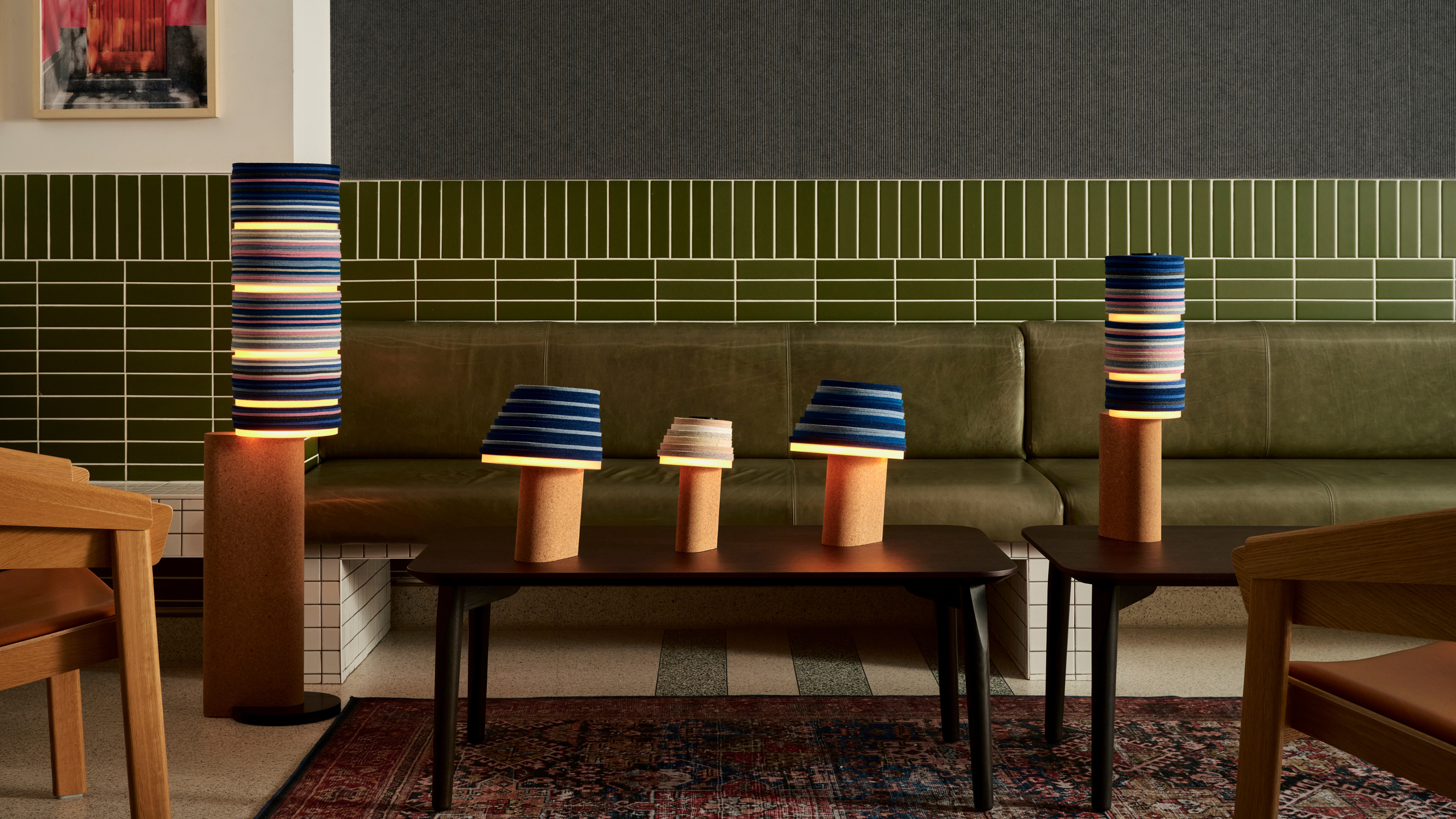 7 Sustainable Product Designs That Are Setting the Agenda for Environmentally-Conscious Homes in 2025
7 Sustainable Product Designs That Are Setting the Agenda for Environmentally-Conscious Homes in 2025From pillows made from textile waste to sanitaryware made in the world's first electric kiln, these brands are revolutionizing sustainable design — for the better
By Devin Toolen
-
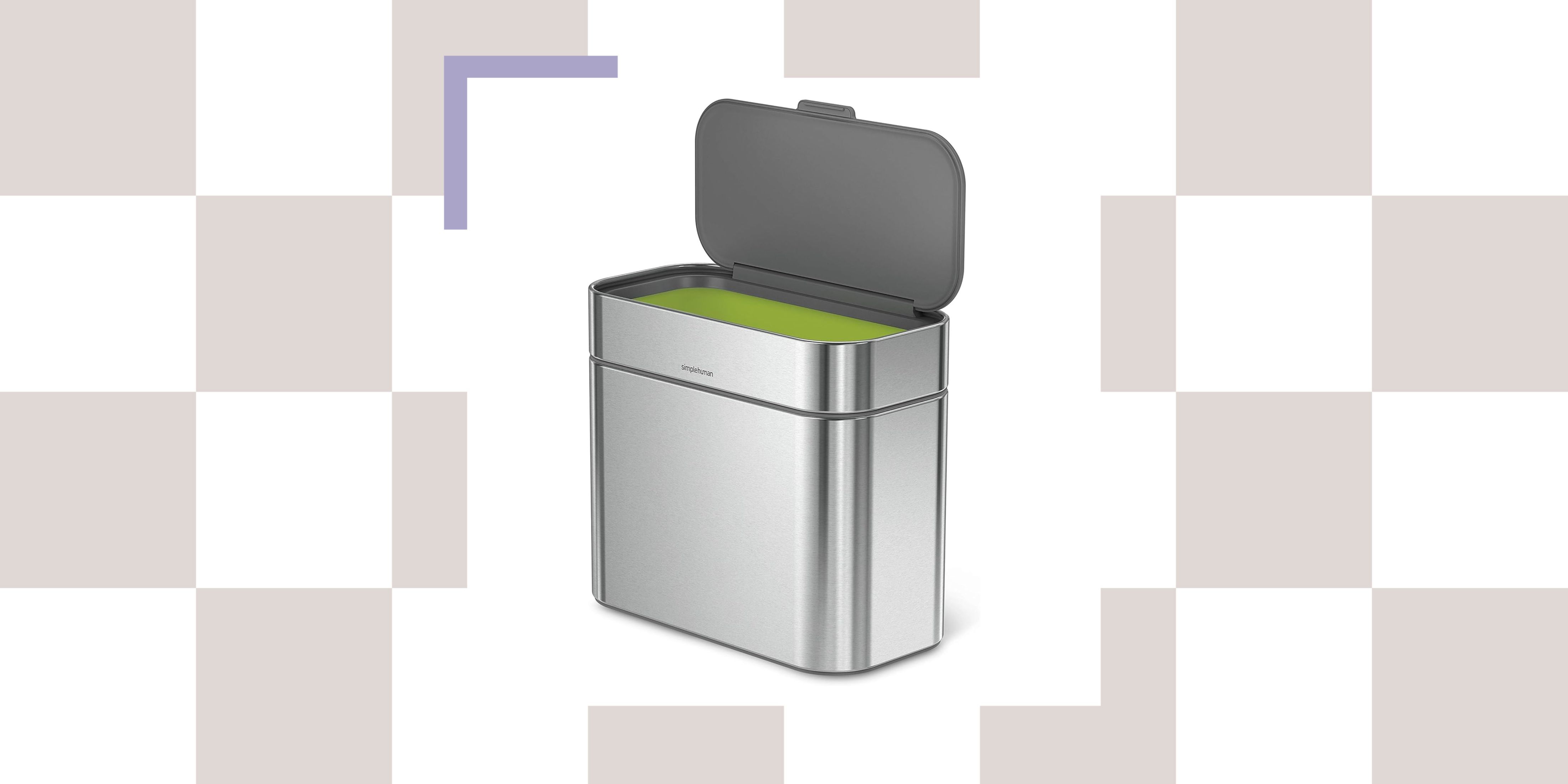 NYC's New Rules Forced Me to Find a Chic Compost Bin — Here's 7 Options Significantly Cheaper Than the $300 Fine
NYC's New Rules Forced Me to Find a Chic Compost Bin — Here's 7 Options Significantly Cheaper Than the $300 FineComposting is now mandatory in NYC. Here’s how to do it stylishly
By Julia Demer
